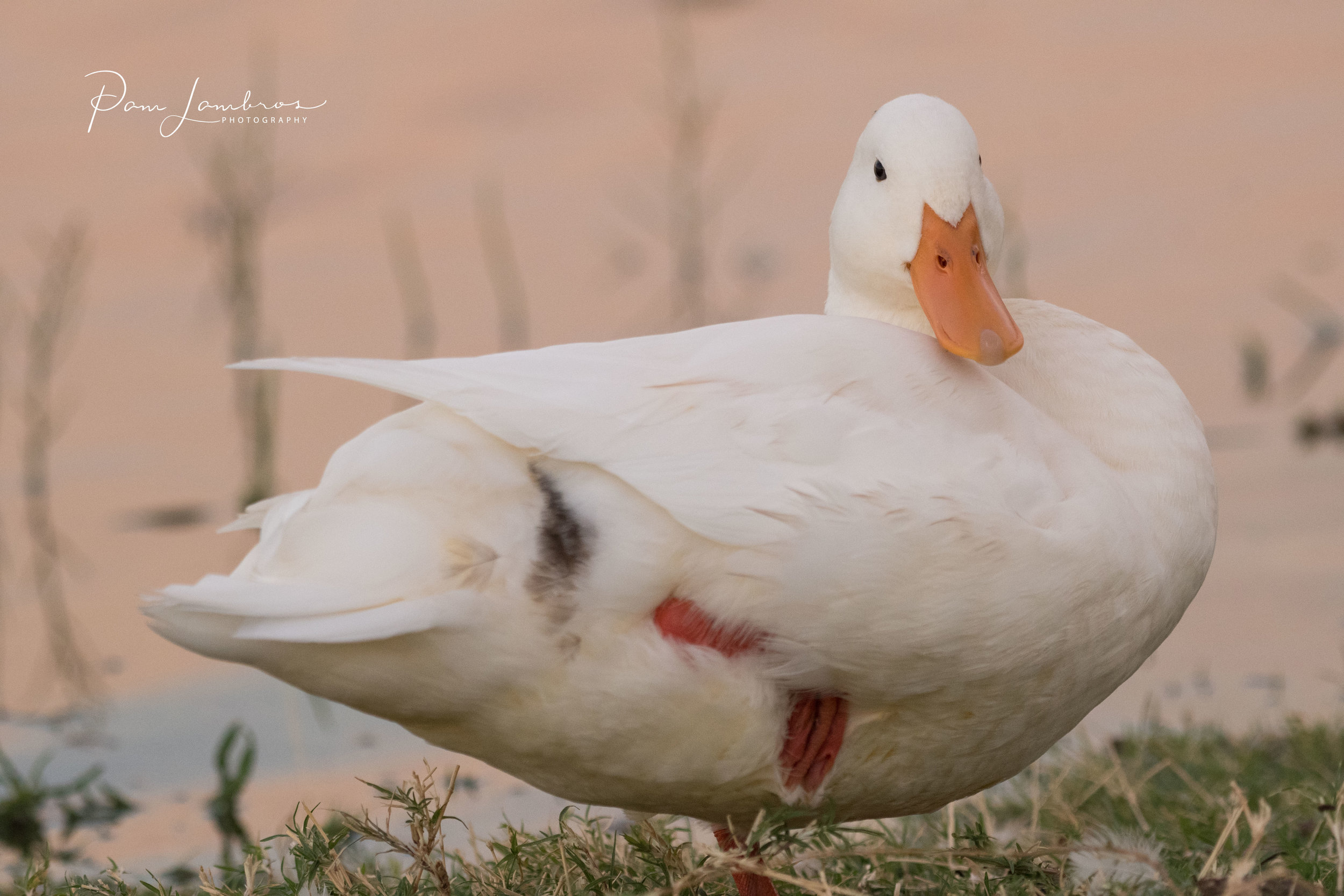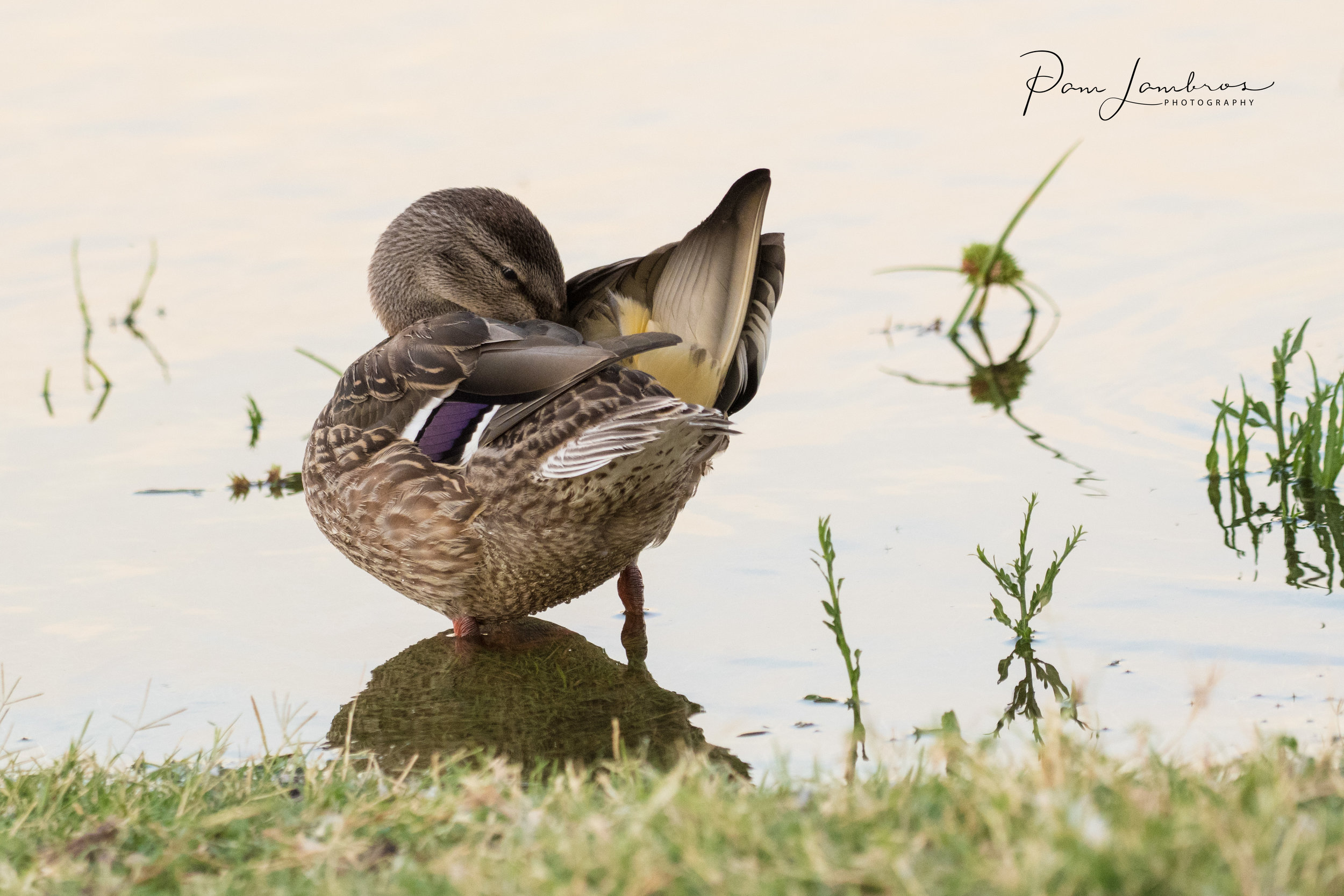I have primarily used the Nikon 200-500mm lens when photographing wildlife and birds. I found it to be a more than adequate lens especially considering the price. There is a regional park close to where I live. This park has quite a diverse bird population throughout the year so I go there often to not only practice bird photography but also to study their behaviors. I don't usually take a tripod but usually have a monopod attached. This gives me more freedom of movement which I like. The problem with this set up is that the lens and camera together are quite a bit of weight to carry while walking around the park. I noticed my images weren't as sharp as they should be because I wasn't able to keep everything as steady as needed. I needed to try something else. After a lot of research and realizing what my budget limitations were, I decided on the new Tamron 100-400mm lens. The price was about half the price of the Nikon 80-400mm and the comparison was favorable.
For the past few days I have been putting the lens through a workout. I wanted to see if I could improve my shots as well as not feel as though I was carrying the weight of the world on my shoulders. I was very pleasantly surprised by how much less weight I was carrying around. I was also pleasantly surprise by how easy it was to handhold without the shaking. The percentage of my shots in focus improved dramatically. I still need to improve on my in flight bird pictures but with time, I believe that will come.
Below are a few of the photos made with this lens.
Loggerhead Shrike
Red-tailed Hawk
Juvenile Green Heron
Mallard Drake in Non-Breeding Plumage













